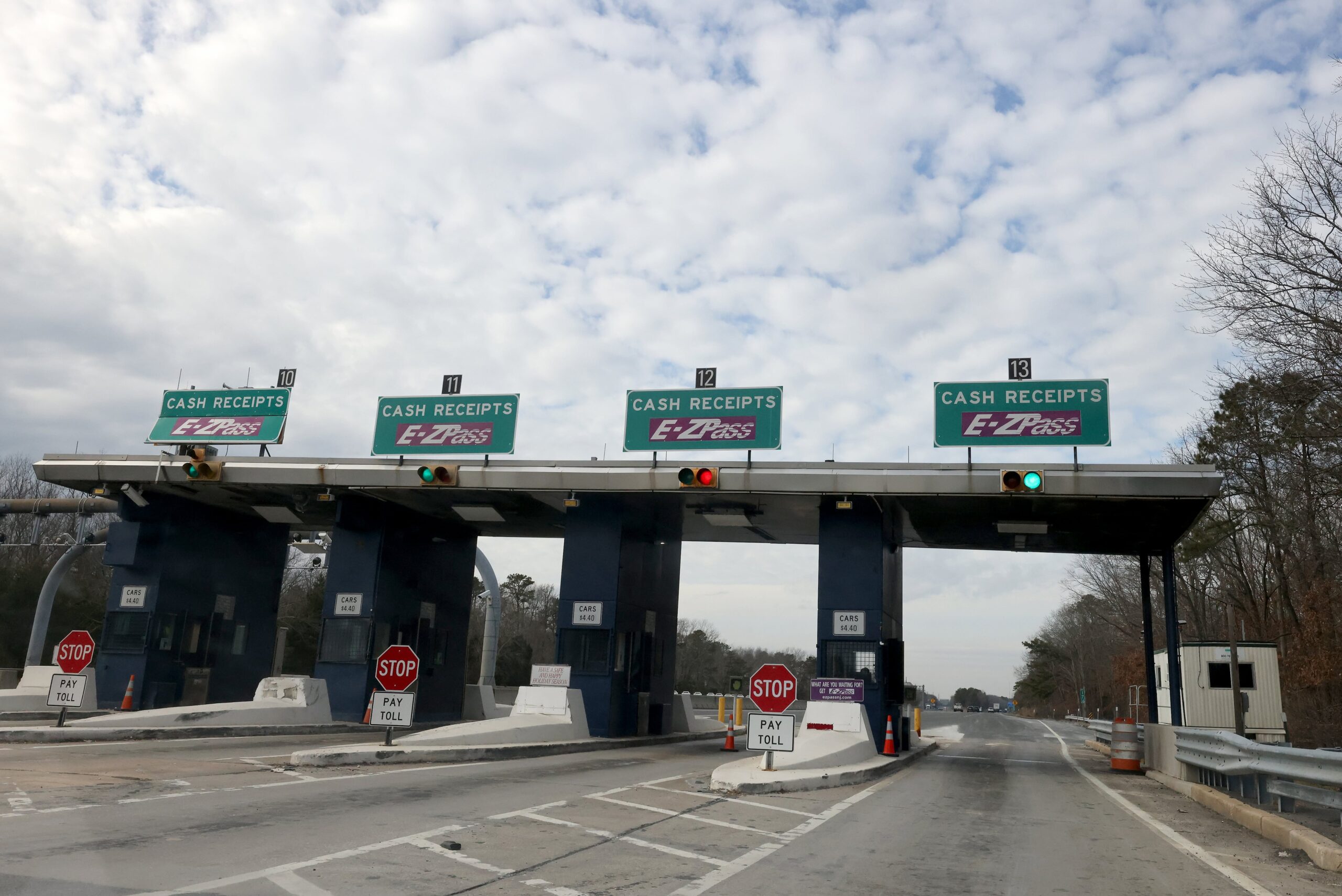Navigating Minnesota’s roads requires a solid understanding of right-of-way laws to ensure safety and compliance with state traffic regulations. Right-of-way laws dictate who has the legal authority to proceed in various driving scenarios, from intersections to pedestrian crossings. Failure to adhere to these laws can lead to accidents, fines, or legal consequences.
Here’s an in-depth look at Minnesota’s right-of-way laws, how they affect drivers and pedestrians, and where to find official regulations.
Right of Way at Intersections
Intersections are one of the most common locations where right-of-way rules come into play. Minnesota law establishes clear guidelines for different types of intersections:
- Uncontrolled Intersections: When two vehicles approach an intersection with no stop signs or traffic signals, the driver on the left must yield to the driver on the right.
- Four-Way Stops: The first vehicle to arrive at a four-way stop has the right of way. If two vehicles arrive simultaneously, the vehicle on the right goes first.
- Left Turns: When making a left turn, drivers must yield to oncoming traffic and wait for a safe gap before proceeding.
- Traffic Signals: Drivers must obey all traffic signals and yield when required by a red light, stop sign, or yield sign.
For a complete list of intersection rules, visit the Minnesota Department of Public Safety.
Pedestrians and Right of Way
Pedestrians hold significant rights under Minnesota law, particularly at crosswalks and intersections:
- Marked Crosswalks: Drivers must yield to pedestrians in marked crosswalks, even if there are no traffic signals present.
- Unmarked Crosswalks: At intersections without signals or markings, drivers must still yield to pedestrians crossing the street.
- School Crossings: Special attention is required in school zones where pedestrians may be present at any time of the day.
Pedestrian safety is a priority, and failing to yield can result in fines or penalties. More information is available on the Minnesota Office of Traffic Safety.
Who Has the Right of Way in Roundabouts?
Roundabouts are becoming increasingly common in Minnesota, designed to improve traffic flow and reduce collision severity. The rules are simple:
- Vehicles entering a roundabout must yield to traffic already circulating.
- Pedestrians in crosswalks at roundabout entrances and exits always have the right of way.
- Do not stop inside a roundabout unless required for emergency vehicles or pedestrians.
Emergency Vehicles and Right of Way
Minnesota law mandates that all drivers yield the right of way to emergency vehicles when sirens and lights are activated:
- Move Over Law: Drivers must move to the right and stop when an emergency vehicle with lights and sirens approaches.
- Yield at Intersections: Vehicles must yield to emergency responders even if they have a green light.
- Emergency Scenes: When passing an emergency scene, drivers must slow down and, if possible, switch lanes away from the incident.
The full emergency vehicle right-of-way regulations are available at the Minnesota Legislature website.
Bicycles and Right of Way
Cyclists in Minnesota share the road with motor vehicles and have specific right-of-way protections:
- Bicycles are Considered Vehicles: Cyclists must obey traffic signals and stop signs like motor vehicles.
- Yielding to Bicyclists: Motorists must yield to bicyclists in bike lanes and when making turns across their path.
- Sidewalk Riding: Cyclists may ride on sidewalks unless prohibited by local ordinances, and pedestrians have the right of way on sidewalks.
Common Right of Way Violations and Penalties
Violating right-of-way laws in Minnesota can result in fines, citations, and increased liability in the event of an accident. Some common infractions include:
- Failure to Yield at a Stop Sign or Red Light Can result in fines and points on a driver’s license.
- Not Yielding to Pedestrians – Violations in crosswalks can result in substantial penalties.
- Ignoring Emergency Vehicles – Failing to yield can lead to serious legal consequences.
Traffic citations and legal consequences are outlined in the Minnesota Statutes on Traffic Regulations.
Conclusion
Understanding and following Minnesota’s right-of-way laws is essential for safe driving, reducing accidents, and avoiding costly penalties. Whether at an intersection, yielding to pedestrians, or navigating a roundabout, knowing who has the right of way keeps roads safer for everyone.
Disclaimer: This article has been meticulously fact-checked by our team to ensure accuracy and uphold transparency. We strive to deliver trustworthy and dependable content to our readers.








